Cross-Leaved Milkwort
Osceola’s Plume
American Lotus
Grass Pink Orchid
Roadside Wildflowers
Florida has many wildflower test sites along roadsides. In the panhandle, including near I10, you can see miles of these sites. These photos were taken off the side of the road in Live Oak, FL. The projects are part of Florida’s roadside plantings and highway beautification programs by the Florida Department of Transportation.
The area has a total of eight planting districts throughout the state, each with different plant species for those areas. These sites serve two major goals; to increase pollinator populations and diversity and to produce native vegetation that negates the need for mowing. The projects were also found to increase safety (Norcini 2014) and provide a great benefit through carbon sequestration (Harrison 2014). Finally, they add the beauty of true Florida that everyone can enjoy. Have you seen any roadside wildflower sites? Tell us about them in the comments.
Photo credits: Aymee Laurain
Oakleaf Fleabane
Oakleaf fleabane (Erigeron quercifolius) is a native wildflower usually found in wetlands. Also known as Southern fleabane or daisy fleabane, this annual often pops up in disturbed areas. in sandhills, and yards.
The tiny white with pinkish or purplish tinted blooms are no more than 1/2 in diameter. Pollinators love this early bloomer member of the daisy family. Look for Oakleaf fleabane to bloom throughout the spring and summer.
Leavenworth’s tickseed
Leavenworth’s tickseed Coreopsis leavenworthii
The Leavenworth’s tickseed is an endemic flower that provides food for several pollinators. It can usually be found in pine flatwoods where the soil is dry but can adapt to other regions. Here we have pictures with a species of fruitfly, Dioxyna picciola, and a Green sweat bee, Agapostemon splendens. Most flowers are produced in spring but flowers can be found year-round. Have you spotted these beauties anywhere around the state?
Rose of Plymouth
Rose of Plymouth (Sabatia stellaris)
This vibrant wildflower is found throughout the coastal regions of Florida, from the panhandle to the Keys. It is tolerant of salty and flooded soils. These plants are annuals and require open soil to spread and reseed. Depending on the conditions, the Rose of Plymouth can grow from 6 inches to 24 inches tall. The flowers are 1 to 1-1/2 inches wide and the plant creates many blooms. Flowers peak in the summer but can be seen blooming all year long. Rose of Plymouth can be grown from seeds and cuttings in wet to moist soils.
Orange Blossoms
The Orange Blossom from the sweet orange tree, Citrus x sinensis, was made Florida’s state flower in 1909. The sweet orange tree that bears this flower was introduced to Florida by the Spaniards in the 15th century. The orange tree is not endemic to Florida but has been naturalized.
Orange Blossom flowers have waxy petals that are small and white. Each flower has 5 petals with 20 to 25 stamens in a compact spiral. In the spring flowers grow in clusters of 6 flowers per cluster. Each flower is a point where an orange will grow in the spring. Orange Blossoms have a strong citrus scent and are an incredibly fragrant flower. The scent of the blossoms has been described as creamy, sweet, and rich, with a hint of a tart, citrus essence.
A full sunlight location and soil with a mixture of sand, clay, and organic matter is needed to produce these vibrant flowers. The orange tree begins to bloom at 2 to 5 years and blossoms can appear while there are oranges on the tree. The Orange Blossom is the only state flower used to make perfumes, colognes, toiletries herbal teas, and the ever-popular Orange Blossom Honey.
Did you know?
Throughout history, the Orange Blossom has come to symbolize good fortune and brides often include the fragrant blossoms in their bridal bouquets.
Photo credit: Aymee Laurain
Fetterbush Lyonia
Lyonia lucida, the fetterbush lyonia, was blooming away in Wekiva Springs State Park. Their flowers can be white, pink, or red. This is an evergreen shrub and reproduces both by rhizome or by seed. If the soil is very poor, it will reproduce only by rhizome. They like acidic, damp soil and can be found in swamps, wet savannas, and saw palmetto prairie habitat. The white one was seen in a hardwood swamp and the pink one was seen in a damp, saw palmetto prairie.
Balsam Apple
Also known as balsam pear, bitter melon, bitter gourd, or bitter squash, Momordica charantia is a Category 2 invasive plant species in Florida. People have used this plant for medicinal purposes and this has contributed to its spread. The bright red seeds are attractive to birds, who then spread this vine outside of cultivation. The red seeds can be toxic, especially to children.
This is a common invasive plant in Florida. You will often see it showing up along your fence lines. As of 2017, it was still considered a Category 2 invasive. Let’s all do our part to stem the spread of this invasive, non-native vine in our beautiful state.
Blue-Eyed Grass
Blue-Eyed Grass (Sisyrinchium angustifolium) is a common flower throughout the U. S. and is found in most counties in Florida. This little wildflower is also used for landscaping. It prefers damp conditions near wetlands. The roots were used by Indigenous people for tea and to help soothe an upset stomach. These little flowers should be appearing as we enter the spring months.
Florida False Sunflower
Florida False Sunflower, Phoebanthus grandiflorus. This is a Florida endemic species occurring in the central part of the state. It blooms in June and July and occupies sunny, well-drained areas. This individual was photographed in Wekiva Springs State Park this week in a beautiful longleaf pine and wiregrass ecosystem.
Florida Golden Aster
The Florida Golden Aster is a perennial herb that has been on the Endangered list since 1986. This plant grows approximately 1 to 1-1/2 feet tall and has yellow daisy-like blooms about 1 inch in diameter. The Florida Golden Aster lives a short life and reproduces by seeds that are dispersed by the wind.
The Aster can be found growing in open sunny places. They thrive in vegetation areas that have highly drained, fine white sand and can be found in pine-oak scrub areas. Hardee, Hillsborough, Manatee, and Pinellas county are where this plant can be found in Florida.
This plant continues to be endangered due to habitat destruction caused by over-development (commercial and residential), mowing, grazing, and competing grasses and plants.
Recovery is a slow process. Natural and controlled burns help the Aster produce more seeds and bigger blooms. Continued help from volunteers, officials, and preserves like Golden Aster Scrub Preserve will give this plant a good fighting chance to make a comeback.
Golden Aster Scrub Preserve is located at 12181 East Bay Road Gibsonton FL, 33534. It is home to 2 miles of Golden Aster and the Florida Scrub-Jay,
Britton’s Beargrass
Britton’s Beargrass.
Scientific name – Nolina brittoniana
Britton’s Beargrass is found in central Florida counties including Marion, Lake, Orange, Osceola, and Polk.
It is a perennial herb with long, stiff leaves and a bulbous stem rising out a grass like a clump. They can grow 3-6 feet tall with a large cluster of small white flowers.
The plant loves scrub, sandhill, flatwoods, and xeric hammock areas.
90% of Beargrass has been destroyed by agriculture including orange groves, and development.
This plant is not difficult to propagate because the plants bear abundant seeds which are easily germinated. Some native plant nurseries are producing this species for sale.
If you would like to help this endangered species, search out a Florida native nursery and purchase a few plants for your yard. Let’s bring Britton’s Beargrass back to its grandeur.
Florida Torreya
The Florida Torreya, Torreya taxifolia, is one of the rarest trees in the world. Living only in Gadsden and Liberty counties in Florida, the Florida Torreya is also one of the longest living trees.
Once numbering over 600,000 during the early 1800s, their popularity as fence posts, shingles, river boat fuel, and Christmas trees reduced the number down to a mere 200 individuals. Because of its extreme rarity, there is a major effort underway to save this species of tree. The Florida Park service along with the Atlanta Botanical Gardens, are taking seeds from individuals growing in Torreya State Park and growing new trees that are being replanted inside Torreya State Park to help increase their numbers.
Despite their low numbers, it is quite easy to see this tree for yourself. Torreya State Park has a nice planting of these trees along their brick walkway leading to the Historic Gregory House. there are also trees planted along the nature trails in the park. The park is also a wonderful place to spend time hiking. When there, you may forget you are in Florida. The ecosystems there are unlike most of what you’ll see in Florida and the hiking is amazing!

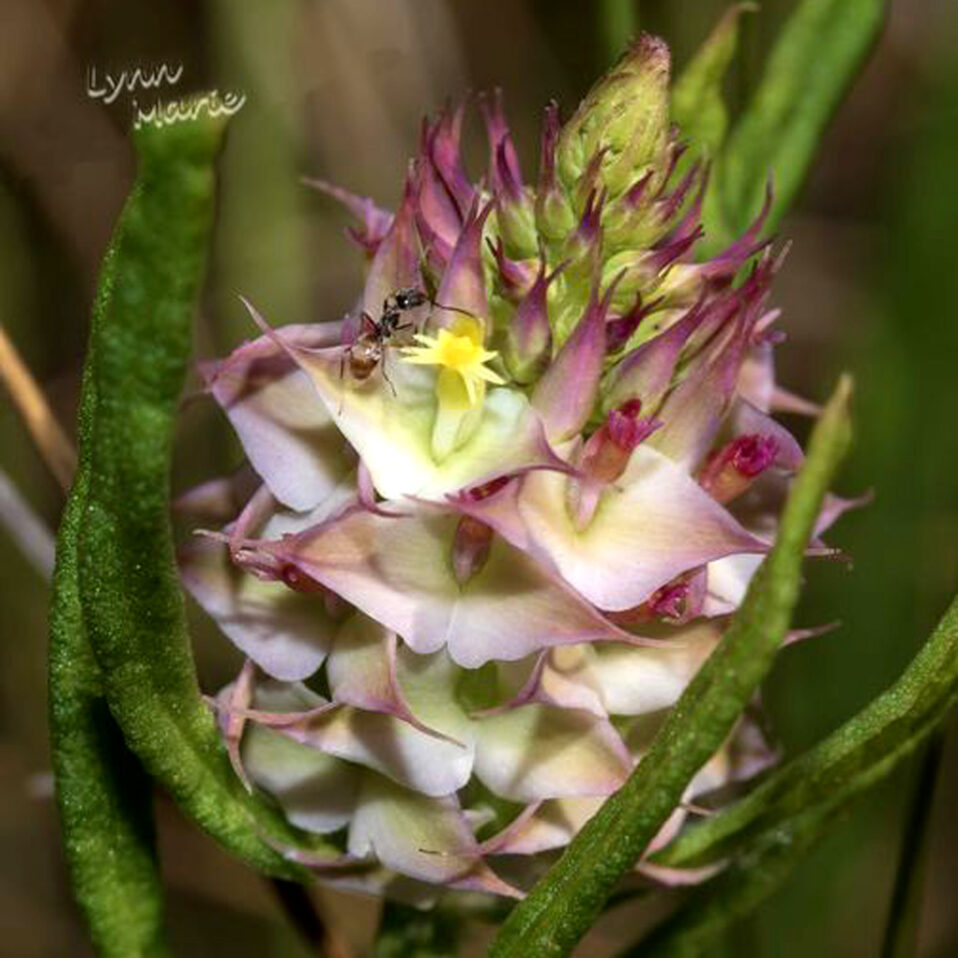
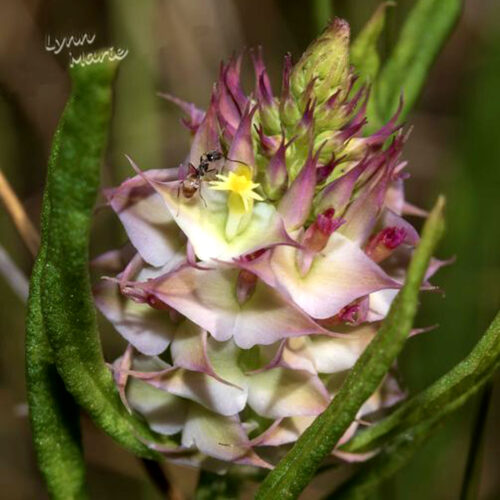
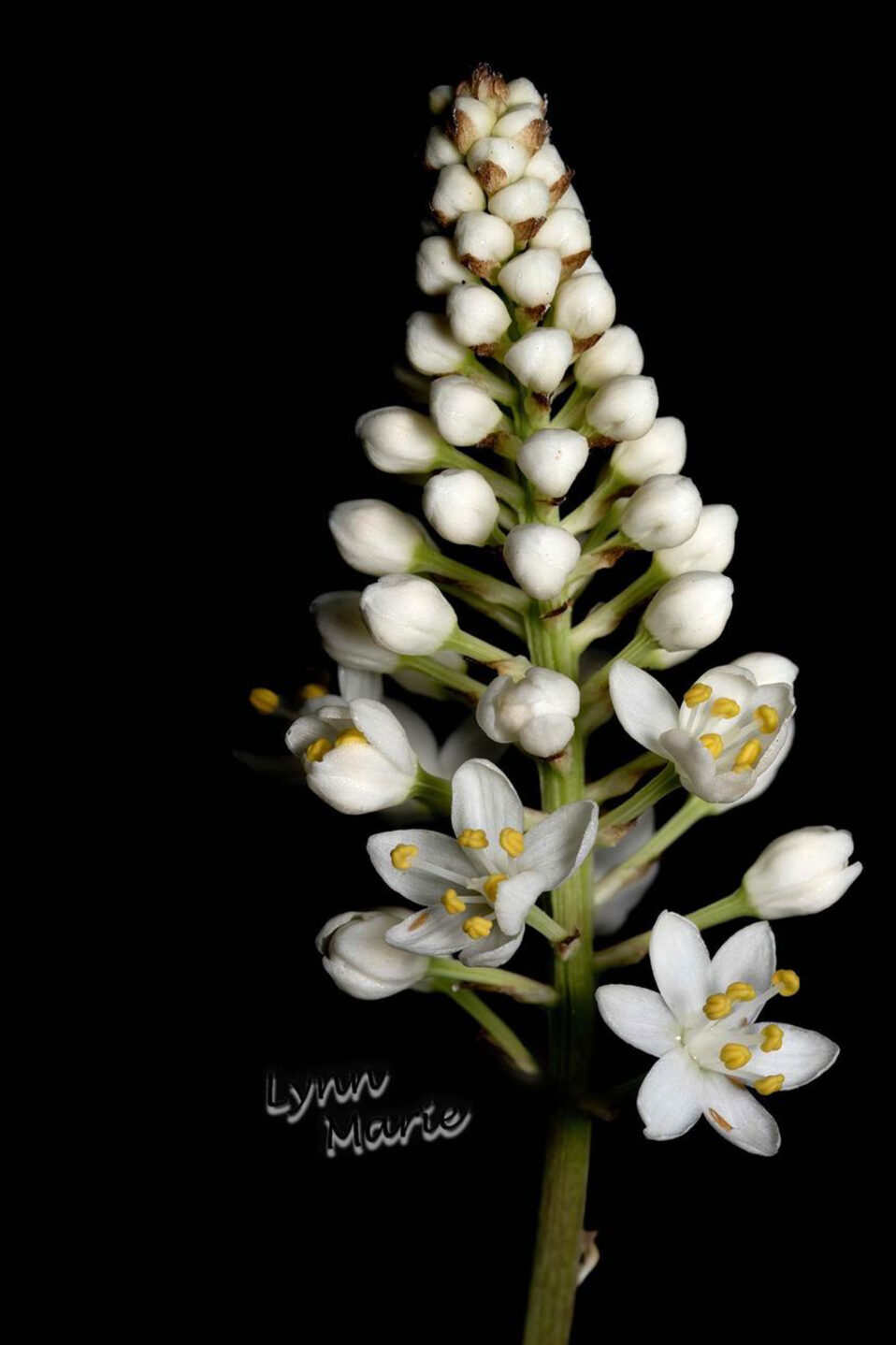
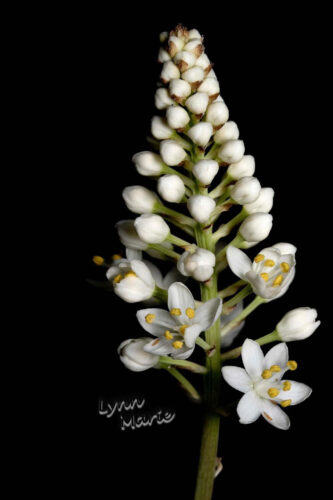
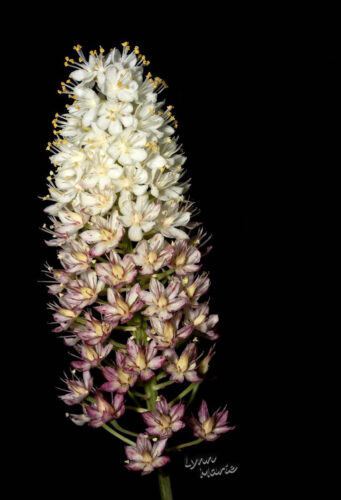
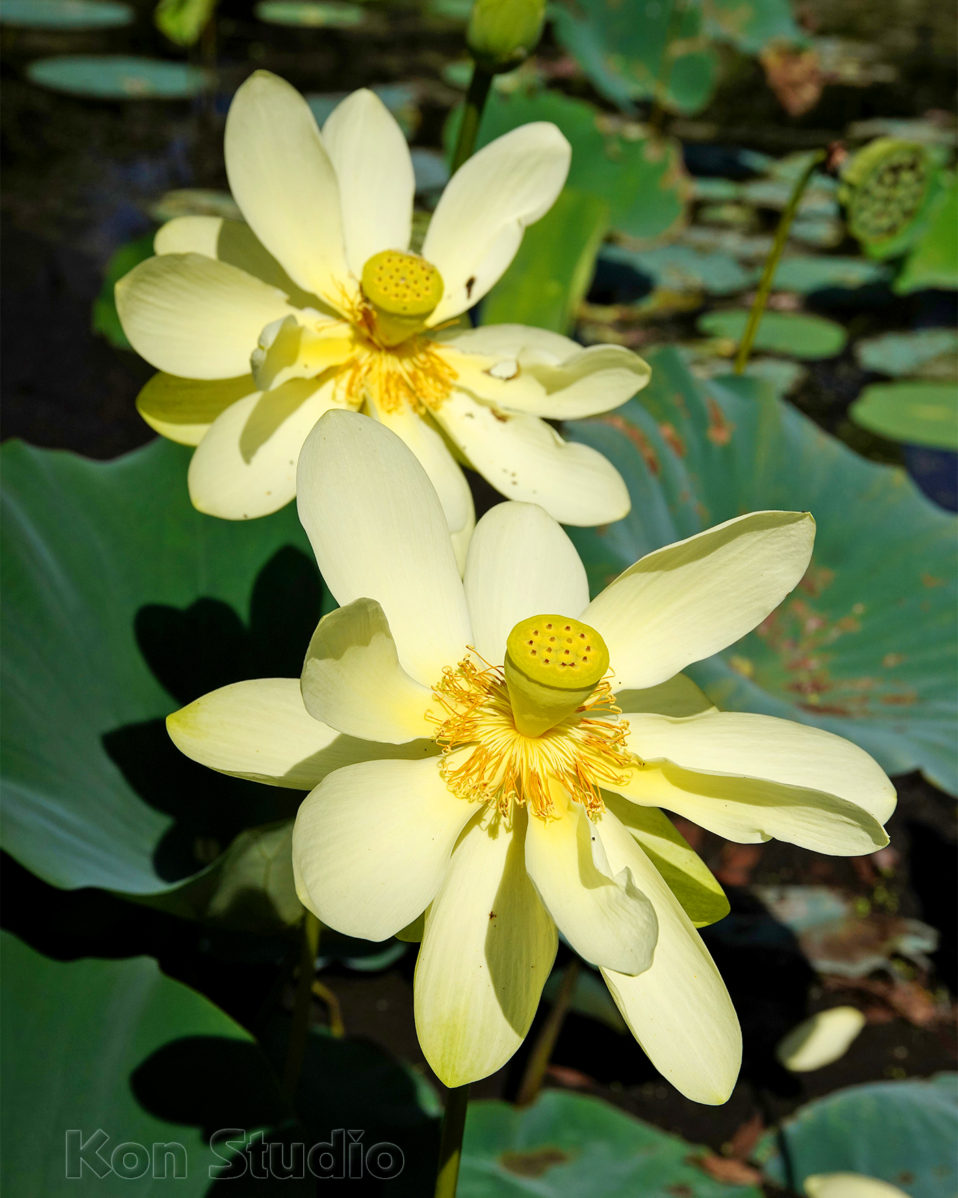
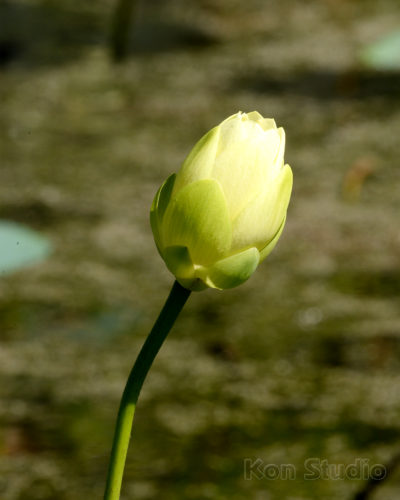
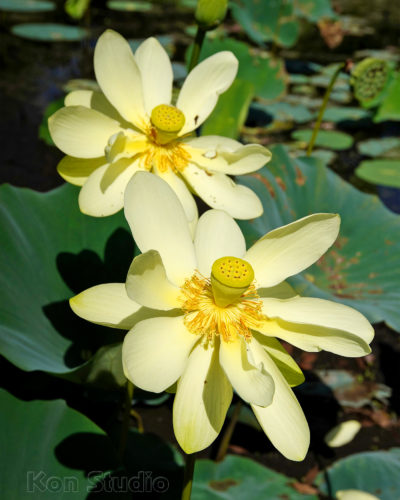
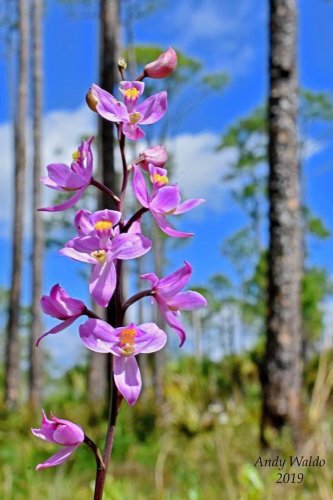
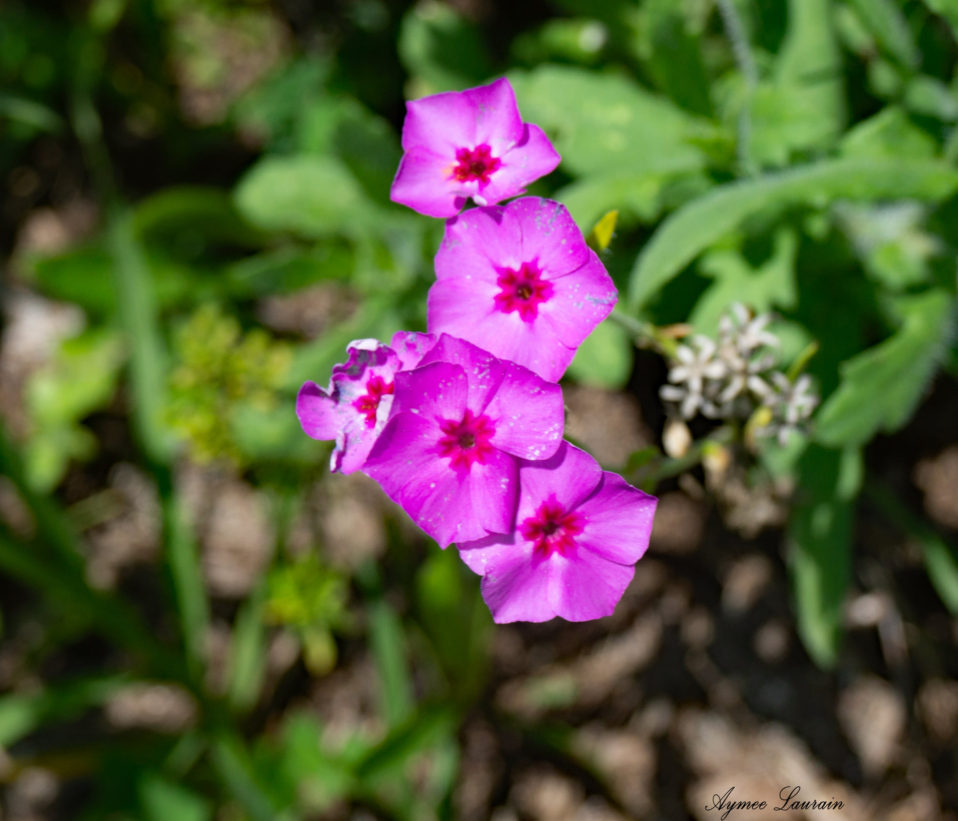
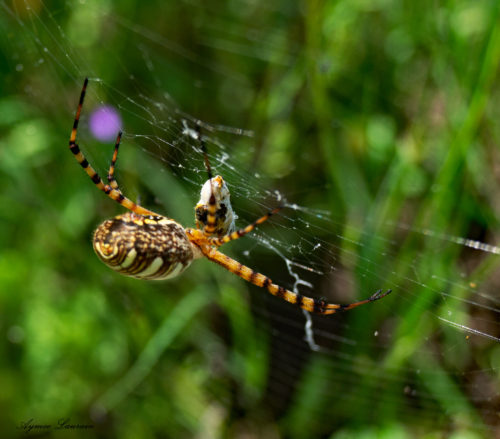
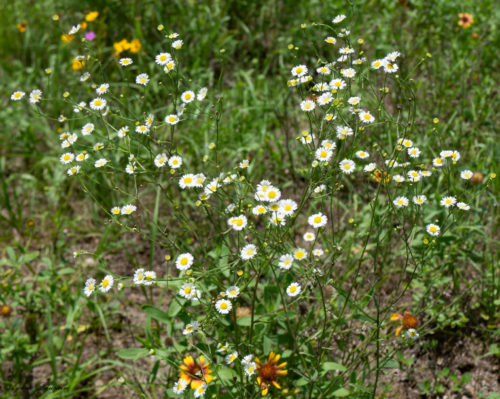
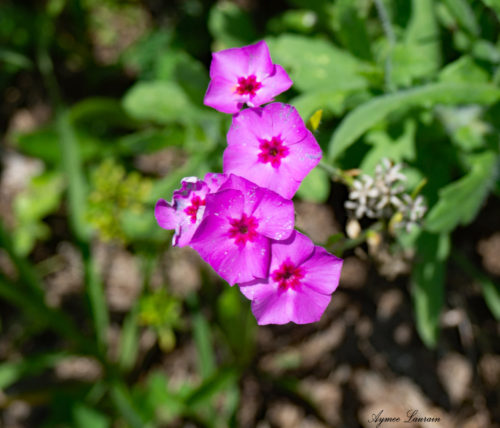
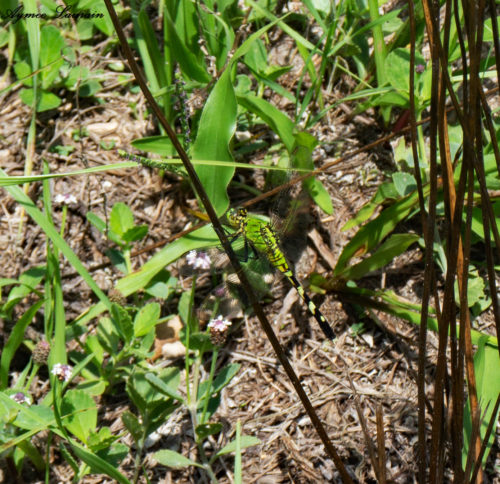
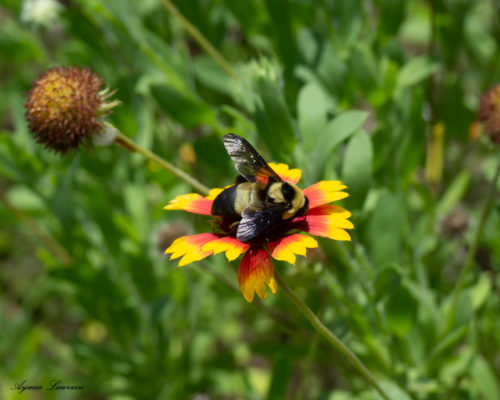
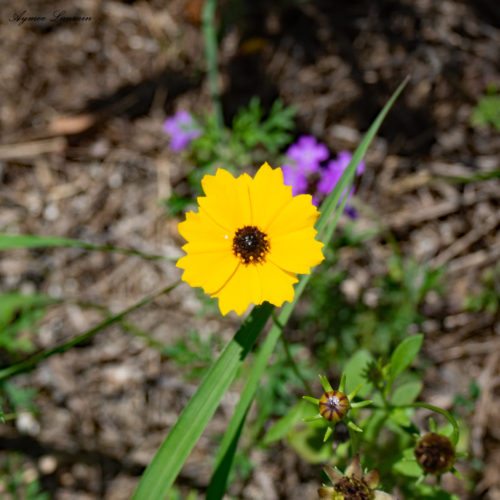
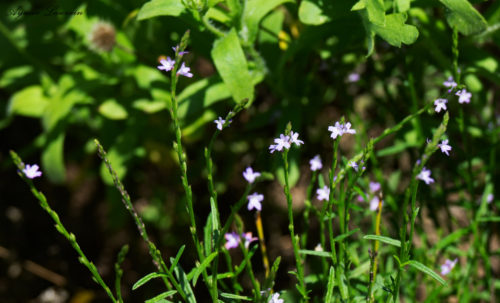
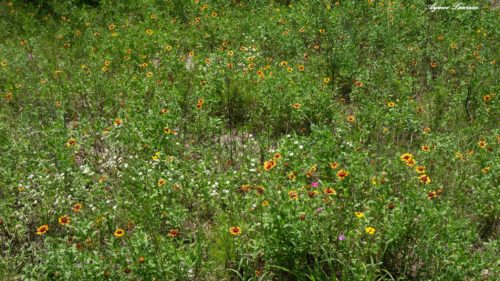
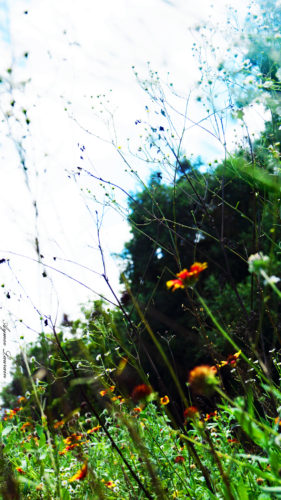
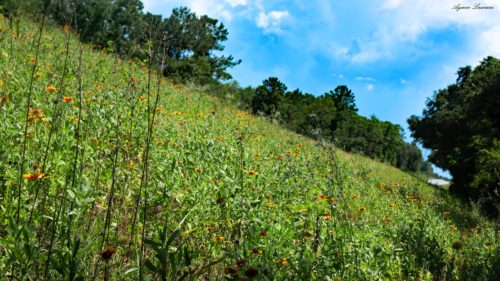
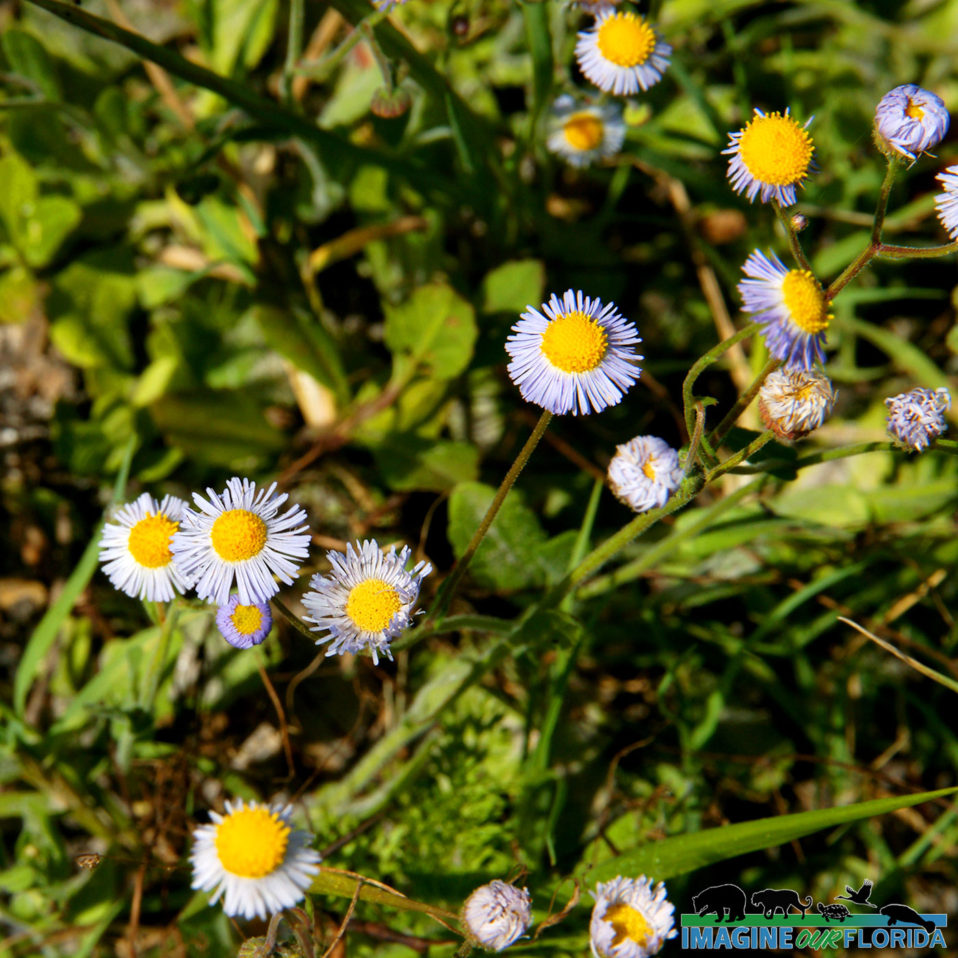
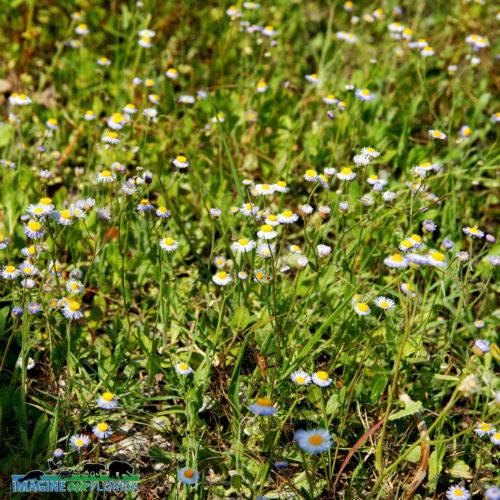
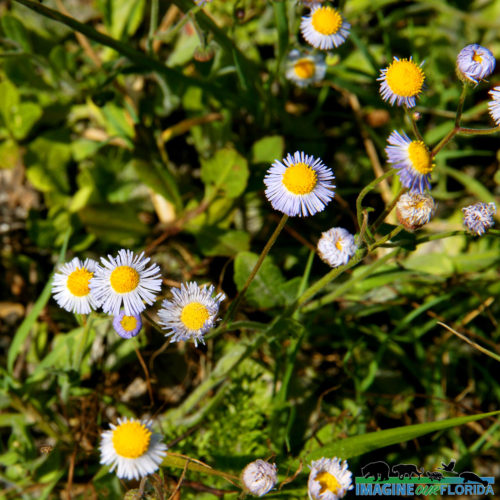
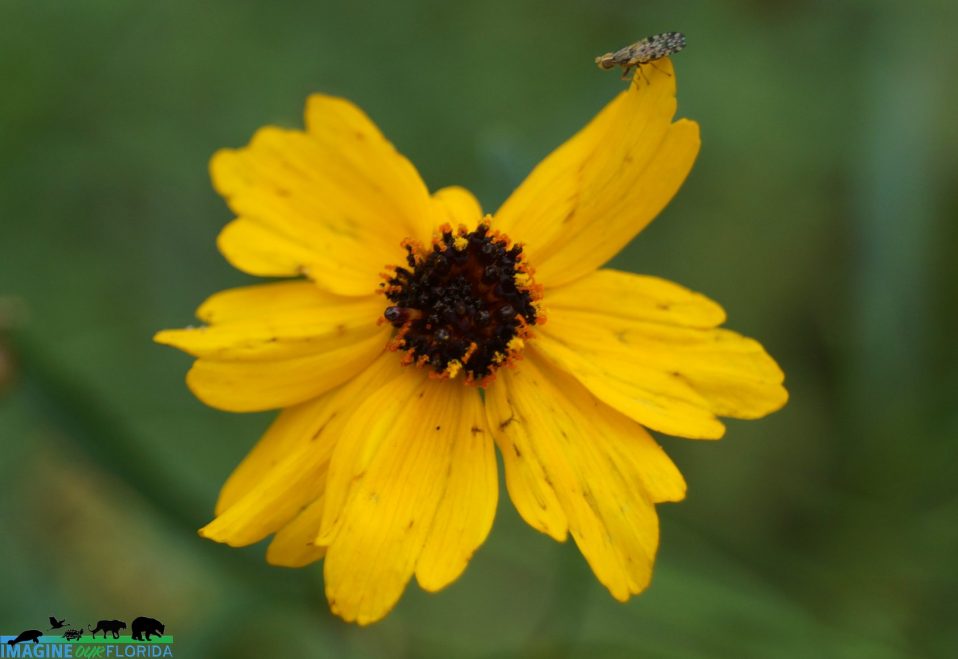
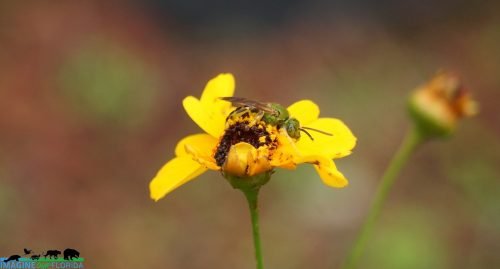
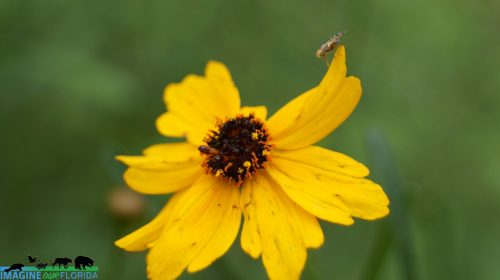
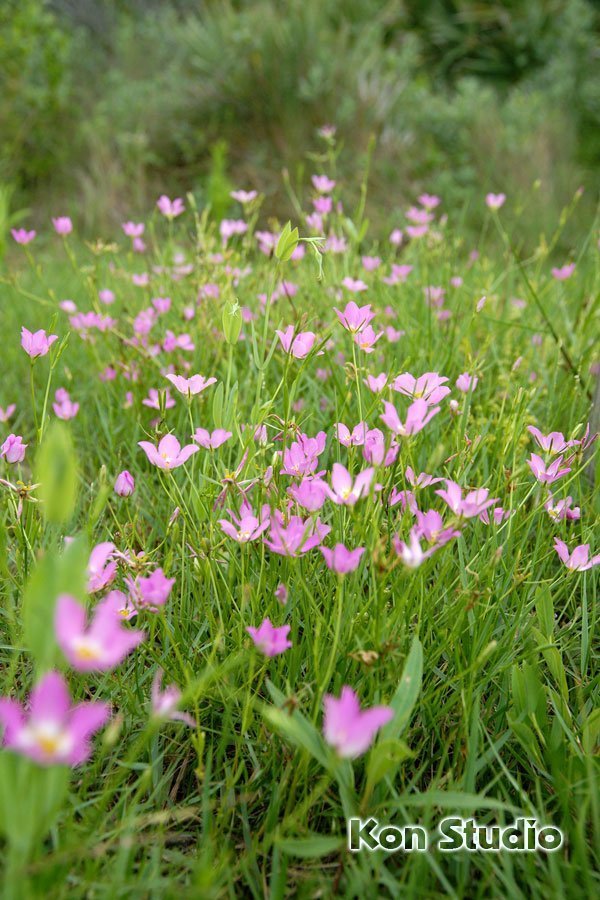
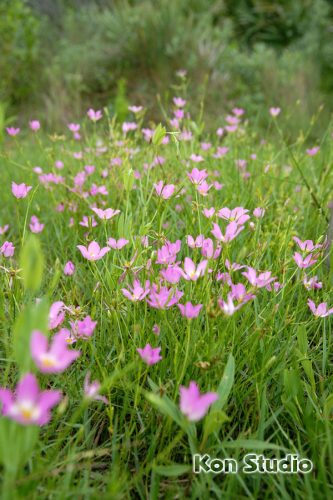
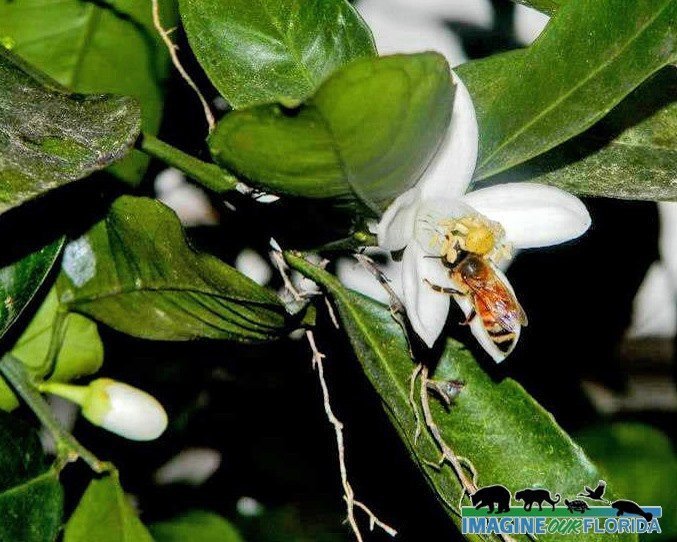
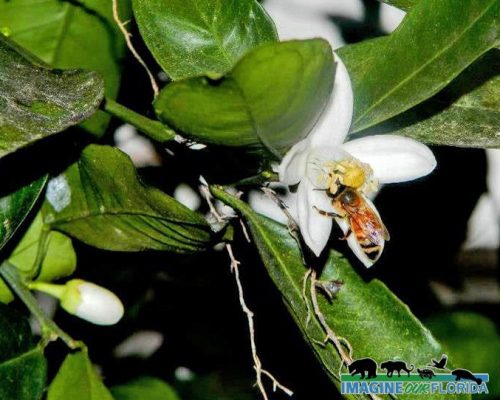
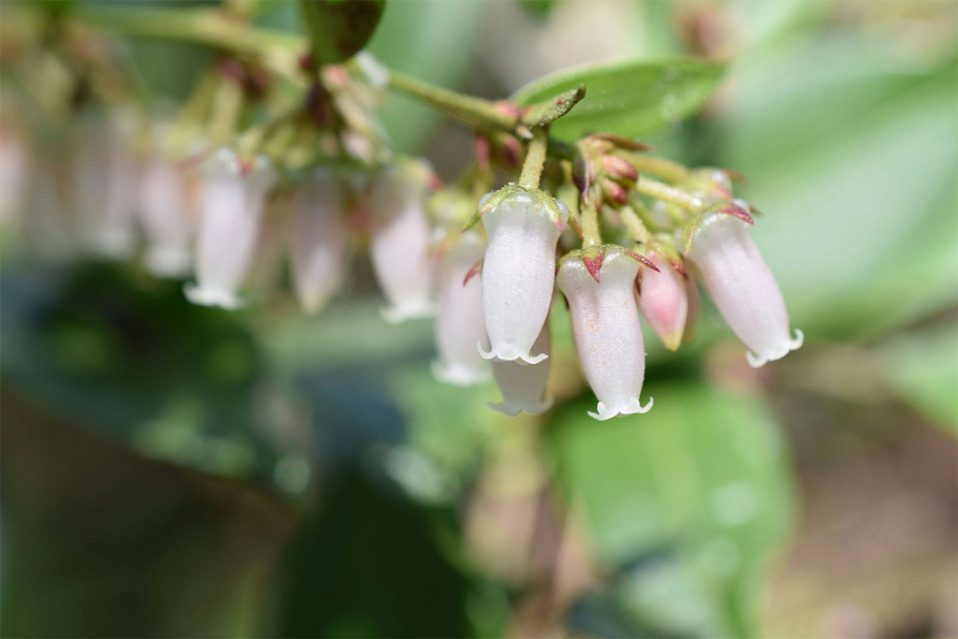
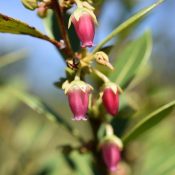

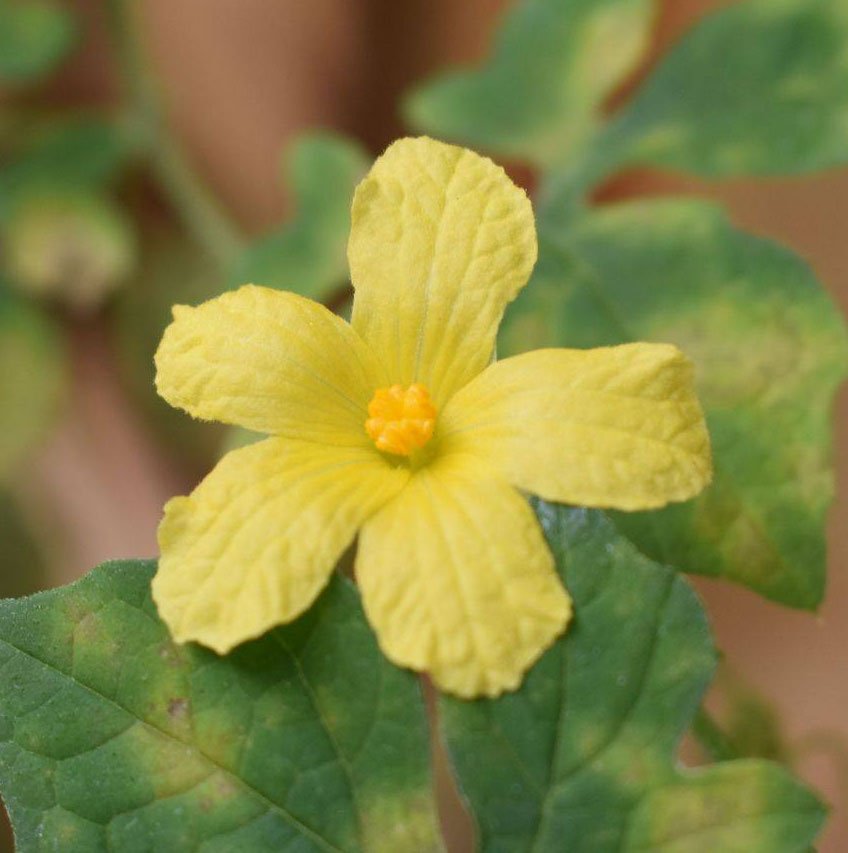
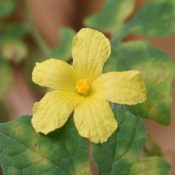
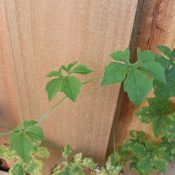
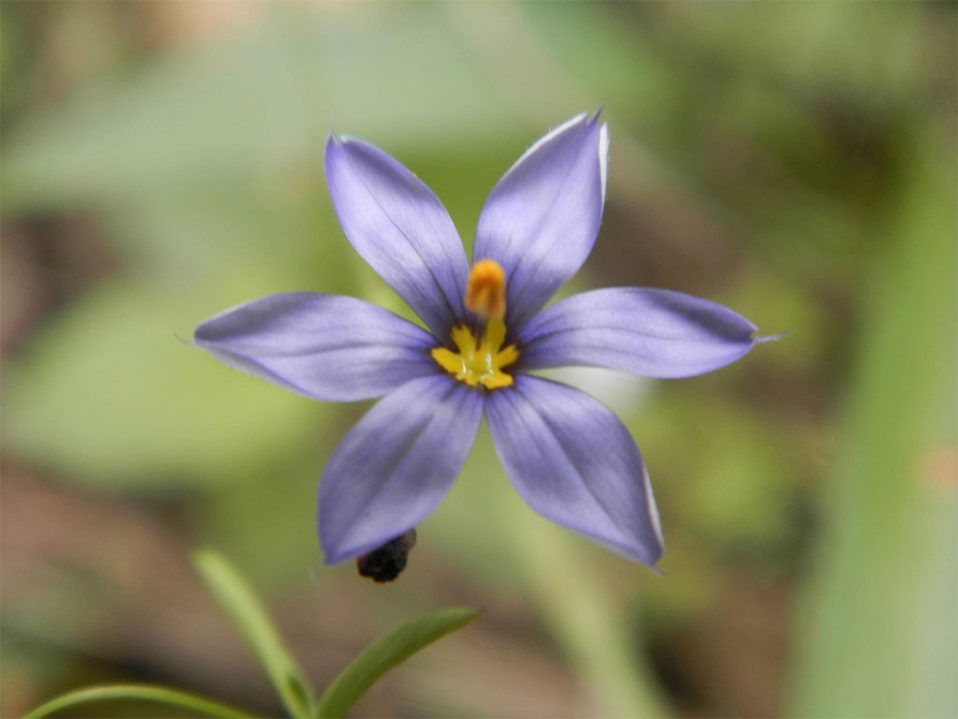
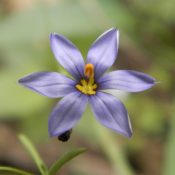
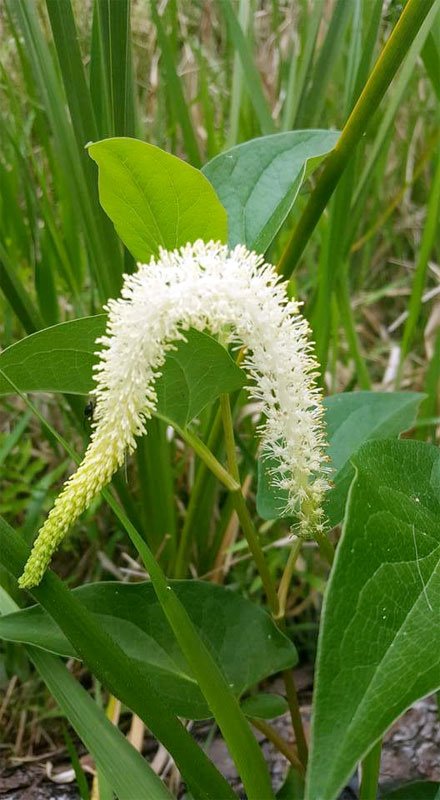
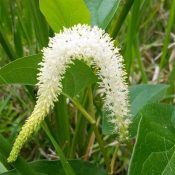
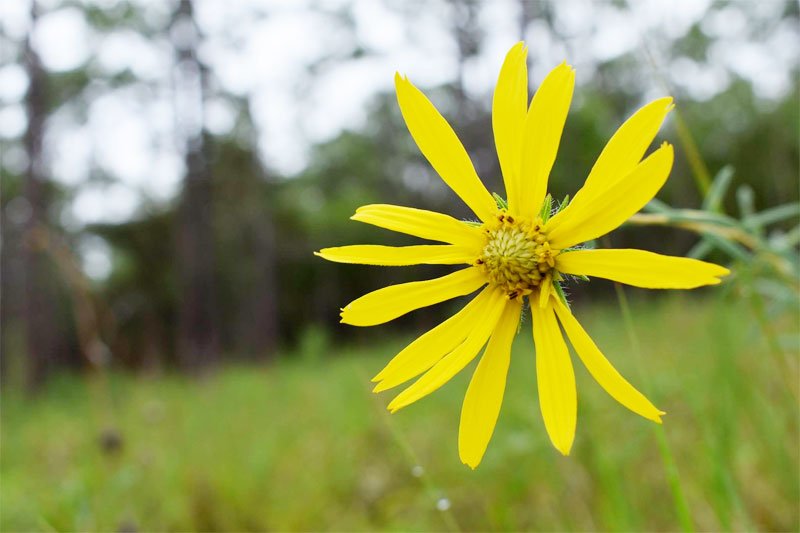
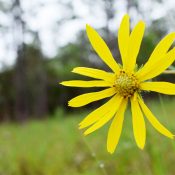
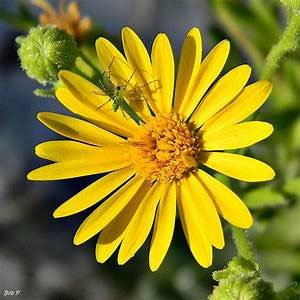
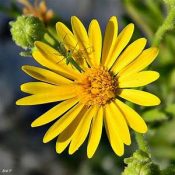

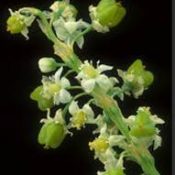
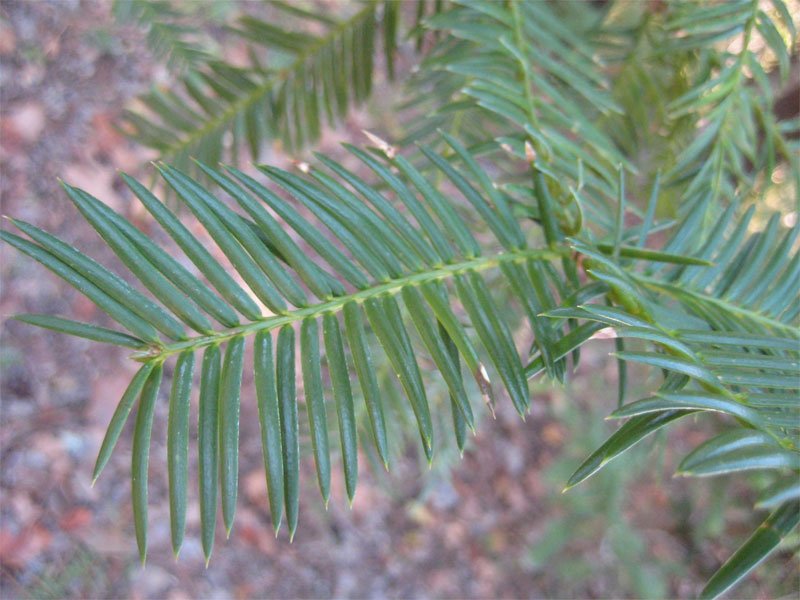

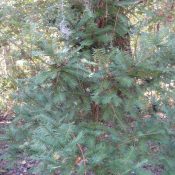
Recent Comments